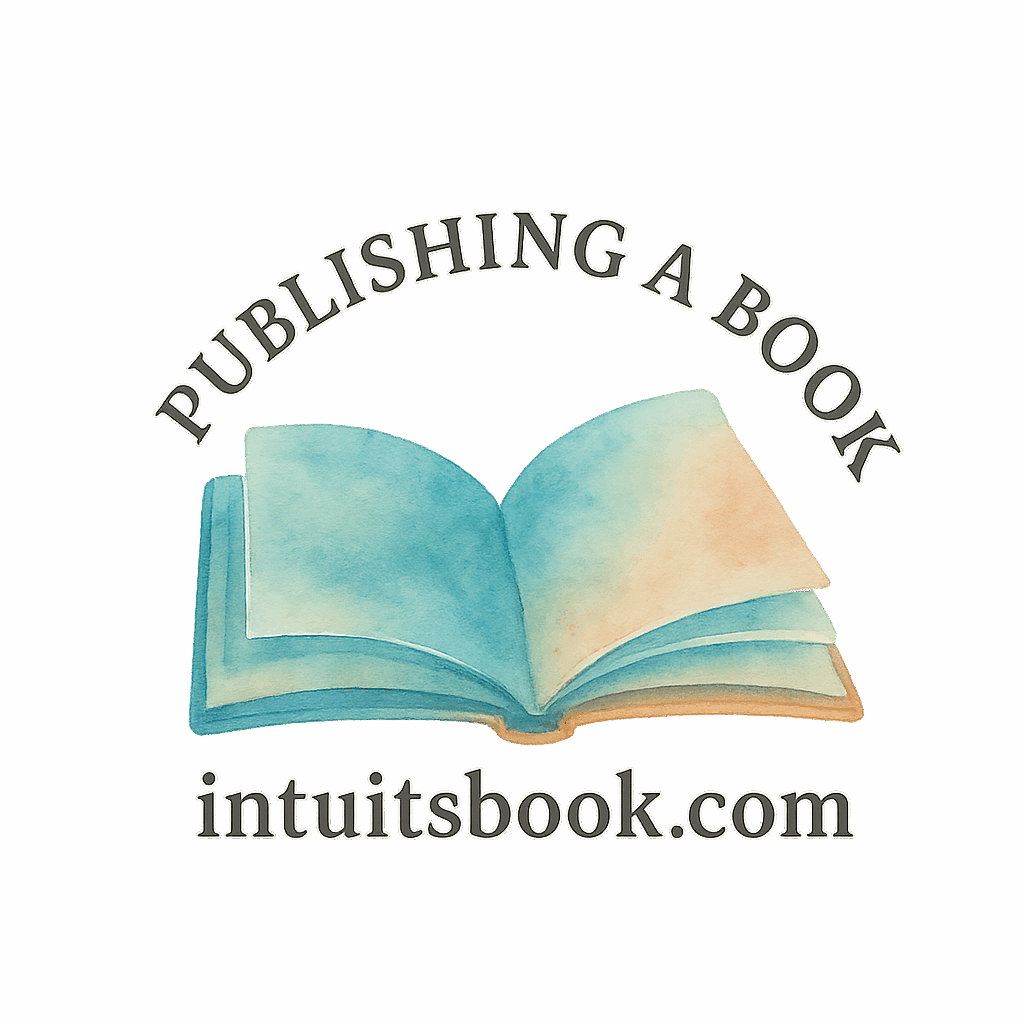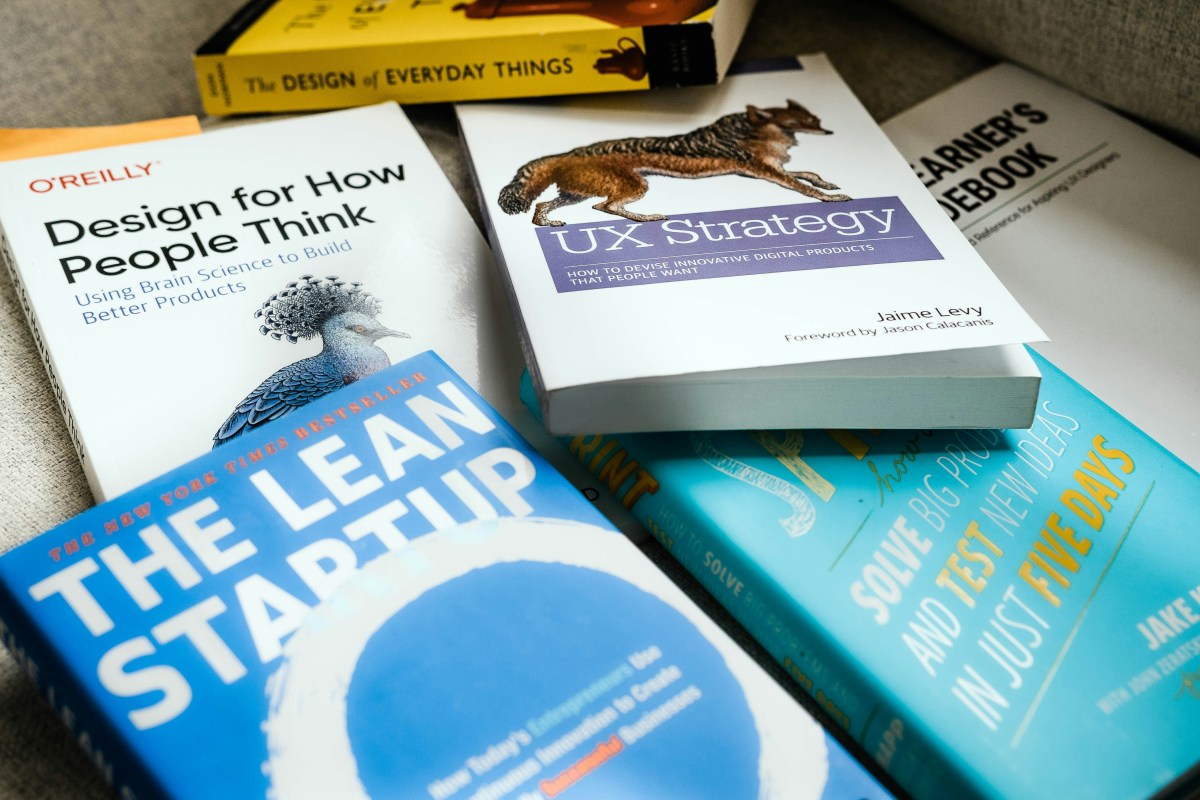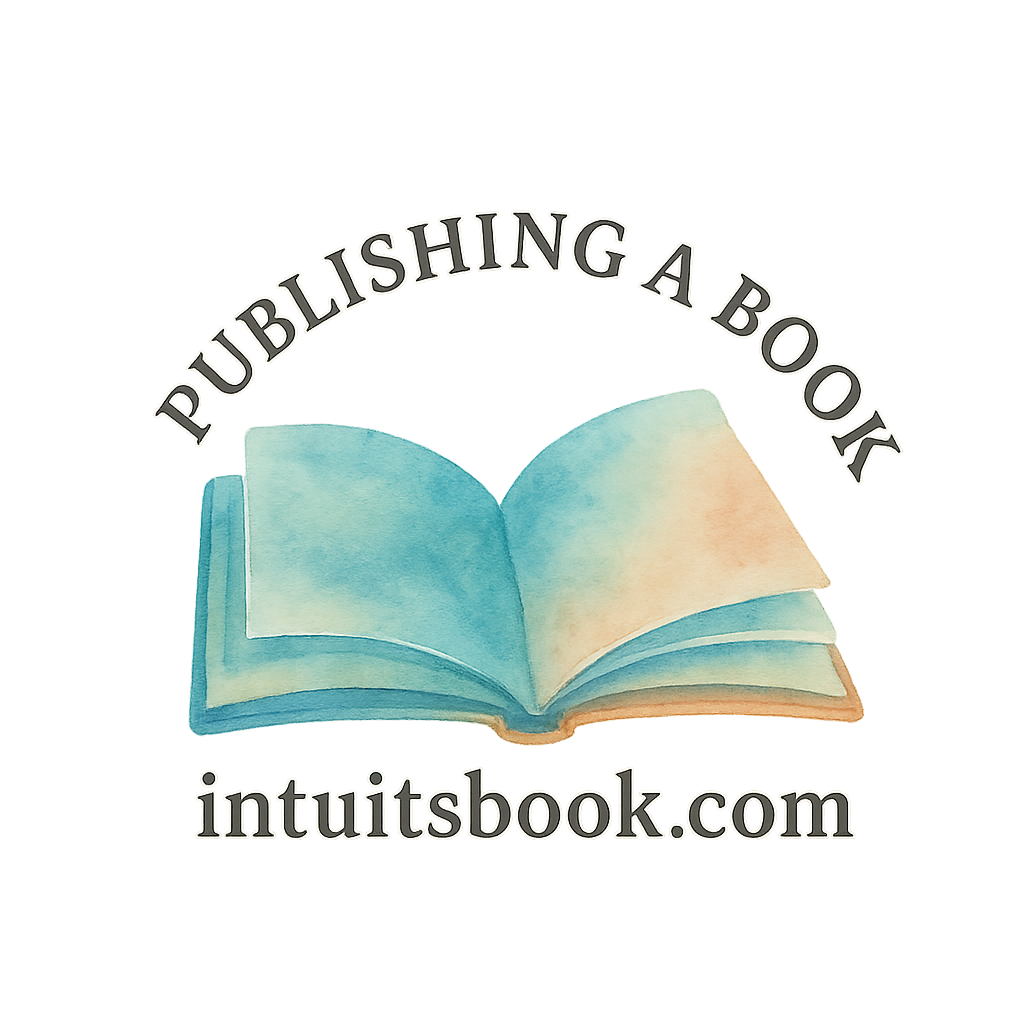Email marketing isn’t dead. In fact, for authors, it’s one of the most powerful tools to sell more books consistently and build a long-term, loyal reader base. Whether you’re launching your first novel or promoting your tenth, these tips will help you create an email strategy that actually drives results.
Let’s dive into how email marketing can be your secret weapon.
Why Email Marketing is Crucial for Authors
The Direct Connection Advantage
Unlike social media platforms where algorithms control who sees your content, email gives you direct access to your readers. Your message lands straight in their inbox—no middleman, no guesswork.
Email vs Social Media Reach
With platforms like Facebook and Instagram throttling organic reach, email becomes even more valuable. A well-segmented and nurtured list means higher open rates, more engagement, and ultimately, more book sales.
To explore a full marketing approach, check out Intuitsbook’s book marketing section.
Building an Author Email List from Scratch
Offer a Lead Magnet
Want people to subscribe? Give them a reason. A lead magnet—like a free chapter, bonus short story, or downloadable worksheet—can make the difference. Think of it as a taste test for your book.
Explore more on crafting your writing process and bonus content ideas that align with your genre.
Use Signup Forms on Your Website
Place signup forms where they’re easy to find: homepage, blog posts, and even your About page. If you’re self-publishing, it’s critical to manage this yourself—learn how via Intuitsbook’s self-publishing hub.
Tip #1: Segment Your Email List
Understanding Your Readers
All readers aren’t the same. Some are new, others are superfans. Segmenting your list helps you tailor content to fit each group’s interest.
Segment Based on Reader Behavior
You can segment based on:
- Purchase history
- Genre preference
- Engagement level
- New subscribers vs loyal readers
This personalization increases conversions and strengthens the relationship.
Find more pro tactics under author tools.
Tip #2: Craft Irresistible Subject Lines
The Power of Curiosity
Your subject line is your first impression—make it count. Use curiosity, emotion, or a cliffhanger to entice the open.
Examples:
- “You won’t believe what’s coming next week…”
- “A free chapter inside? Yes, please!”
Using Emojis and Personalization
Test emojis and add the subscriber’s name. It feels more like a personal message than a marketing pitch.
More about connecting through your writing voice here: writing tips
Tip #3: Provide Real Value in Your Emails
Go Beyond the Sell
Don’t just shout “Buy my book!” every week. Educate, entertain, or empathize with your readers. Share:
- Behind-the-scenes content
- Writing struggles (people love authenticity!)
- Reading recommendations
Offer Exclusive Content and Bonuses
Reward your subscribers with exclusive short stories, Q&As, or early access to book news.
Nurturing a loyal fanbase is part of becoming a long-term independent author.

Tip #4: Use a Clear Call-to-Action (CTA)
Keep it Simple, Clear, and Actionable
Want them to buy your book? Say it. Want them to leave a review? Ask directly. Use one CTA per email and make it stand out.
Examples:
- “Download Chapter 1 Now”
- “Get Your Signed Copy Today”
Explore CTAs and more under book promotion.
Tip #5: Design Mobile-Friendly Emails
The Mobile Majority
Most of your readers are checking emails on their phones. If your email isn’t optimized for mobile, you’re leaving sales on the table.
Easy Layouts and Clickable Buttons
Use:
- Large fonts
- Single-column layouts
- Big, colorful buttons
Want to know how design ties into the book publishing process? Learn to publish.
Tip #6: Automate Your Email Sequences
Welcome Series and Launch Sequences
Set up an automated welcome email for new subscribers. You can also create a launch sequence for when your new book drops.
Tools to Use for Automation
Try:
- MailerLite
- ConvertKit
- Mailchimp
Automation makes your job easier. Curious how automation fits into being a new author? Dive deeper.
Tip #7: Track, Test, and Tweak
Open Rates, CTRs, and A/B Testing
What’s working? What’s not? Look at your open rates and click-through rates. Use A/B testing on subject lines and CTAs.
Learning from Data
You don’t have to be a data scientist. Just track what gets clicks and refine from there.
Dig deeper into publishing hacks.
Integrating Email with Your Book Marketing Strategy
Pairing with Social Media
Email doesn’t live in a bubble. Share snippets of your emails on Instagram or Facebook to drive cross-channel growth.
Tying into Promotions and Launches
Planning a giveaway? A book tour? Tie everything back to your email list. That’s your home base.
Learn about full-scale author career strategy to optimize results.
Tools Every Author Needs for Email Marketing
Email Platforms
Top picks include:
- MailerLite (easy and author-friendly)
- ConvertKit (great automation)
- Mailchimp (for beginners)
Lead Capture Tools
- BookFunnel
- StoryOrigin
- Prolific Works
Analytics and Testing Tools
- Google Analytics
- SubjectLine.com
- Email on Acid
These tools help you fine-tune what resonates.
Common Mistakes to Avoid in Email Marketing
Over-emailing
Bombarding readers = unsubscribes. Pace yourself.
Ignoring Metrics
If you’re not tracking performance, you’re flying blind.
Not Providing Value
Every email should offer something: a tip, a laugh, a perk.
Need help refining your draft emails? See the book draft guide.
Benefits of Email Marketing for Self-Published Authors
Cost-Effective and Scalable
Email is budget-friendly and grows with you. No matter how many subscribers, it scales easily.
Building Loyal Fans
You’re not just selling books; you’re building a community. A tribe that shows up for every launch.
For more on launching and thriving, explore self-publishing vs traditional publishing.
Final Thoughts: Start Now, Grow Later
You don’t need a massive list to get started. The most important thing? Just start. Build it one subscriber at a time, provide value, and the sales will follow.
Explore more tools and resources for your journey at Intuitsbook.com.
Conclusion
Email marketing isn’t just for tech companies—it’s your ticket to selling more books and owning your audience. Start small, stay consistent, and keep learning. Over time, your list will become one of your most powerful author assets.
FAQs
1. How often should I send author newsletters?
Ideally, once a month to start. As your list grows, increase to bi-weekly if you have news or value to offer.
2. What should I write about in my emails?
Share book updates, personal insights, exclusive stories, and valuable tips for your readers.
3. Can I use email marketing for fiction books?
Absolutely! Readers love behind-the-scenes content, character development insights, and exclusive short stories.
4. What’s the best free email marketing tool for authors?
MailerLite offers a free plan and is very intuitive. It’s popular among indie authors.
5. How do I grow my email list as a new author?
Offer a lead magnet, promote it on social media, and include your signup link in your author bio and book.
6. Should I clean my email list regularly?
Yes. Remove inactive subscribers every 3–6 months to keep engagement high and avoid spam filters.
7. Is email marketing better than social media for selling books?
Email offers higher ROI and direct reach. Social media helps with discovery, but email drives conversions.


